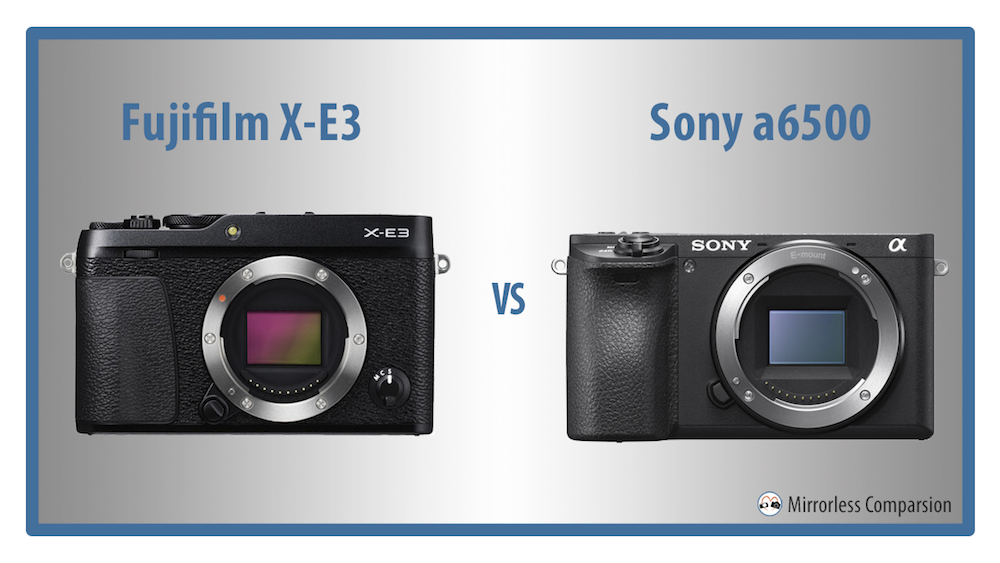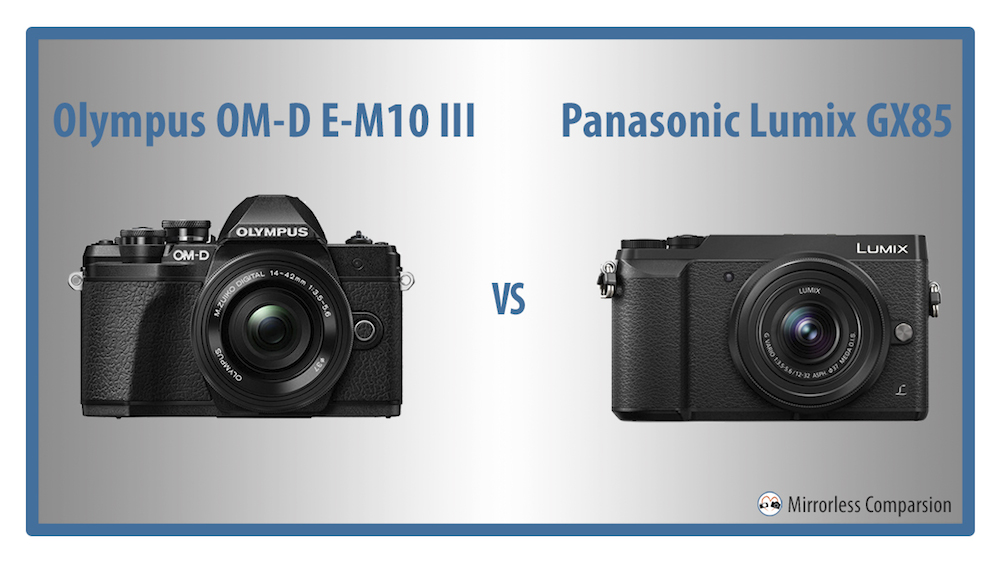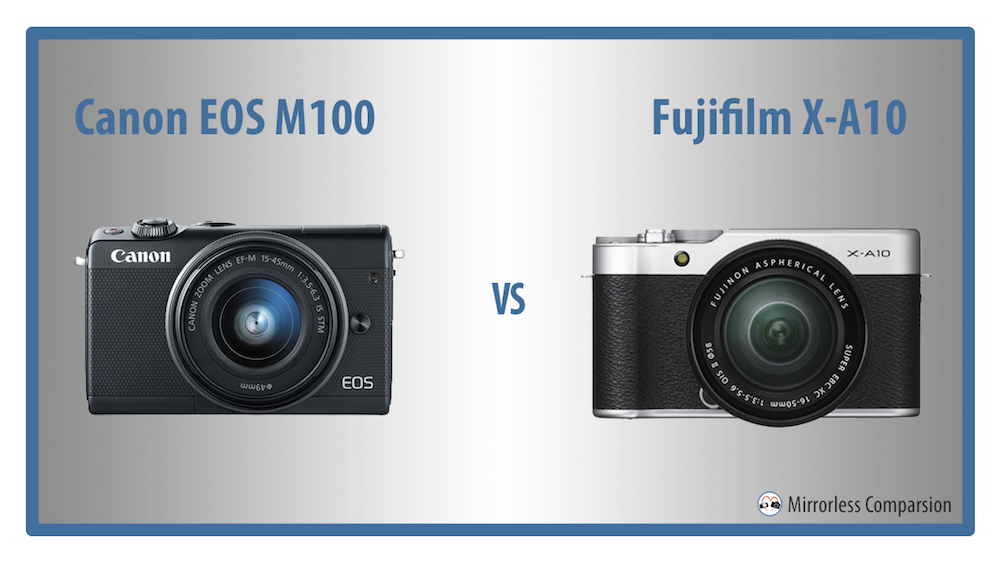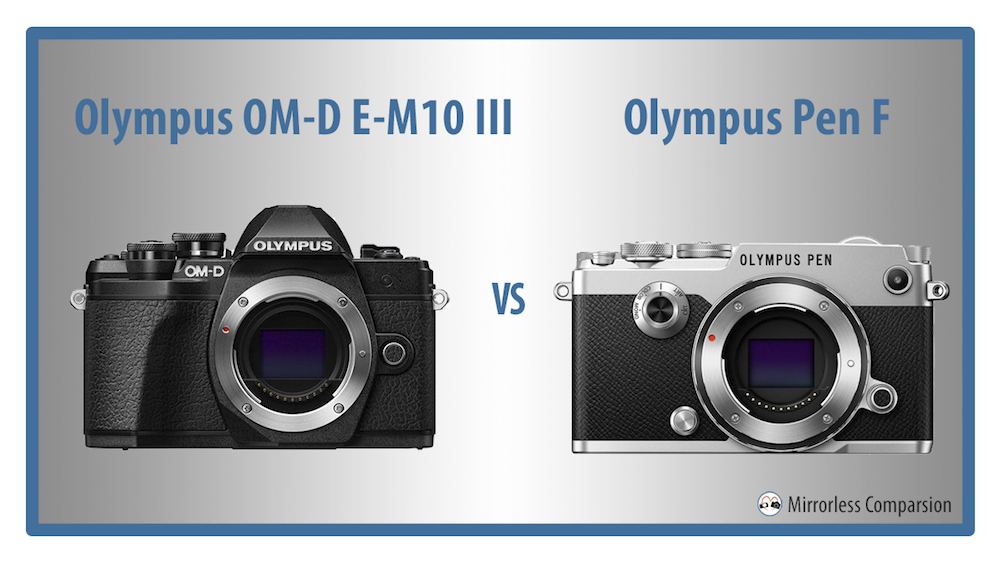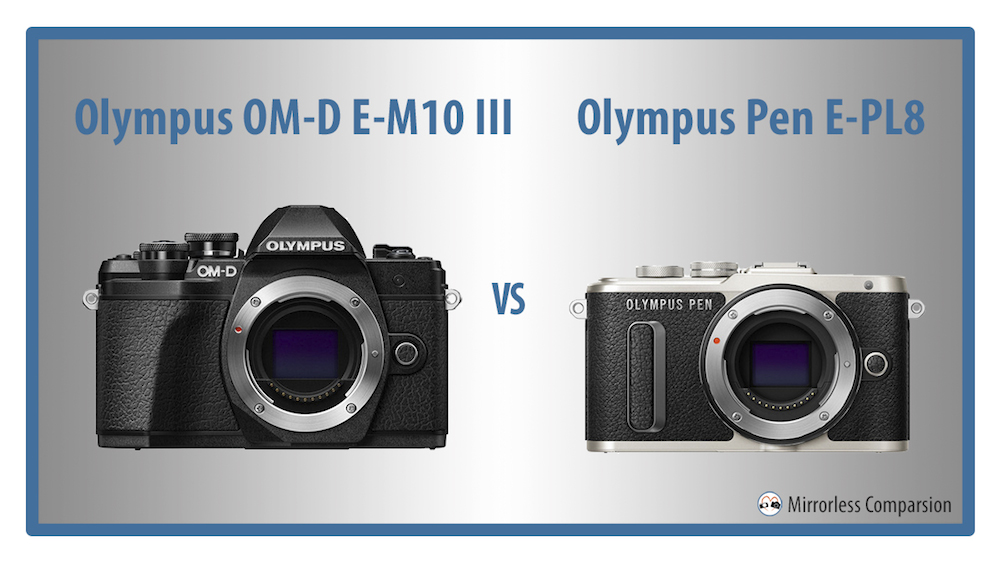The Fujifilm X-E3 is the much-awaited update to the company’s premium rangefinder-style mirrorless camera, the X-E2s, which was introduced in early 2016. It can be considered a more budget-friendly version of the X-Pro2 owing to its rangefinder design and many advanced features such as a 24MP APS-C X-Trans III sensor with excellent dynamic range, an advanced hybrid AF system and 4K video capabilities.
Author's Bio and Articles
Heather Broster
Heather Broster co-founded Mirrorless Comparison and has produced several reviews and comparisons for the website as well as our YouTube channel. A passionate photographer since her 14th birthday, she loves macro, butterflies, instant cameras and taking pictures of people at events.
Olympus OM-D E-M10 III vs. Panasonic GX85 / GX80 – The 10 Main Differences
The latest model to join Olympus’ family of OM-D cameras is the OM-D E-M10 III, which comes exactly two years after its very popular predecessor, the E-M10 II.
Of all the new additions found on this camera, from its enlarged grip to its beginner-friendly menu system, the most significant by far is 4K video. Why? Because 4K has become a commonplace feature on the vast majority of today’s mid and entry-level models from the main mirrorless manufacturers. In short, the move from Full HD to 4K was essential to remain competitive.
Canon EOS M100 vs. Fujifilm X-A10 – The 10 Main Differences
Canon and Fujifilm are two of the most well-known camera brands on the market today, so it is little wonder that potential users want to find out more about the differences between their competing models before taking the plunge.
In this comparison preview, we’re going to be looking at how two entry-level models from each system compare. On one hand, we have the brand new Canon EOS M100 and on the other, the Fujifilm X-A10, the most affordable camera in the X series range. Let’s get started!
Olympus OM-D E-M10 III vs Pen F – The 10 Main Differences
The Olympus Pen F is the flagship camera in Olympus’ Pen range. Although it clearly falls into the Pen category because of its design, it is fair to say that, technologically speaking, it has much more in common with OM-D range. Not only is it the sole Pen to feature a built-in viewfinder, but it also comes with a number of high-end features such as a 20MP sensor and Olympus’ excellent 5-axis stabilisation system.
Olympus OM-D E-M10 III vs. Pen E-PL8 – The 10 Main Differences
Olympus’ range of mirrorless interchangeable lens cameras currently consists of two branches. On one hand, there is the OM-D line-up which is modelled after the classic OM-1 film camera from the 1970s. On the other, we find the Pen range whose design was inspired by the original Pen F half-frame 35mm SLR cameras.
Although OM-D and Pen cameras use very similar technology, they are easily distinguishable by their design. For example, all OM-D cameras feature an electronic viewfinder inside a centrally placed hump whereas the Pen cameras either have an electronic viewfinder positioned on the left or more commonly, no viewfinder at all.

